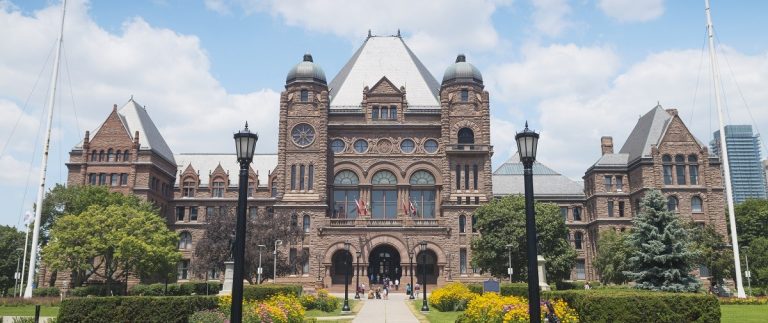
Canada is outpacing other countries in taking in post-secondary students into its higher education institutions, fueled by a successful government strategy and a growing middle class in emerging markets, new research by RBC Economics reveals.
While the North American country still only takes in a fraction of the numbers heading to firm favourites like the United States, United Kingdom and Australia, the international student cohort in Canadian universities has grown 130 percent compared to nearly a decade ago. The report traces this meteoric rise to a time even before US President Donald Trump’s travel ban spooked prospective students into heading north instead.
#GoodNews ! #Indian #students are selecting to study in #Canada and #Ireland and are dumping #America https://t.co/fDsOsnxmFJ via @bpolitics
— ZeliaLH 🇮🇳🇯🇵💙🏳️🌈 (@ZeliaLH) April 10, 2017
“Federal government efforts to boost the number of international students here have coincided with rising middle-class incomes in some emerging market countries, spurring many prospective students to choose Canada,” the report wrote.
The report points to Canada’s International Education Strategy, which targeted countries with the most demand for international education successfully, as the main driver behind the growth in numbers.
China, India, Brazil, Mexico, North Africa and the Middle East and Vietnam have showed the greatest growth in foreign students to Canada in the past five years, helped along by a growing middle class in these emerging economies.
Chinese students dominate the international student cohort in Canadian universities, numbering 132,000 in 2016 (three times their size from a decade ago) – a situation Vice News attributes to a robust economic growth and the (now phased out) one-child policy there. Canada’s economy is poised to reap the positive effects of this even if only a tiny fraction of the Chinese middle class send their children there.
“A foreign post-secondary student spends an average of US$31,700 on tuition, books, accommodation, meals, transportation and discretionary spending each year,” writes Laura Cooper, Economist at RBC Economics and author of the report.
The number of students from India also experienced tremendous growth, increasing tenfold from a decade ago to 80,000 in 2016.
https://twitter.com/AndreasSiebert/status/845073885766696960
To boost these figures further, Canadian universities are also capitalising on the political events down south, for example, by waiving certain fees for students from countries that fell under the list of countries banned by the US earlier this year. Though too early to see how the Trump effect plays out, the report estimates a “further boost” to Canada’s higher education sector.
“Several schools are reporting that they have seen a surge in applications for the upcoming school year which is being attributed anecdotally to a Trump effect,” the report wrote, referring to an Inside Higher Education article that reported schools like Brock University, University of Waterloo and McMaster University receiving more international applications than usual.
The report also alluded to Canada’s quality of post-secondary education and its lower tuition fees compared to the US.
But as well as the country is currently doing in taking a big slice of the global talent pie, the key is how Canada retains talent from now on.
“Canada is showing success in attracting foreign talent. But over the longer term, the key will be its ability to retain talent, international and domestic,” the report wrote.
“Tapping into the talent produced by our institutions will be an important part of securing Canada’s current and future prosperity.”
Liked this? Then you’ll love these…
International students at Canada university rail against ‘unfair’ fee hike
‘Wonderful problem’: Canadian schools have too many foreign applicants to choose from







